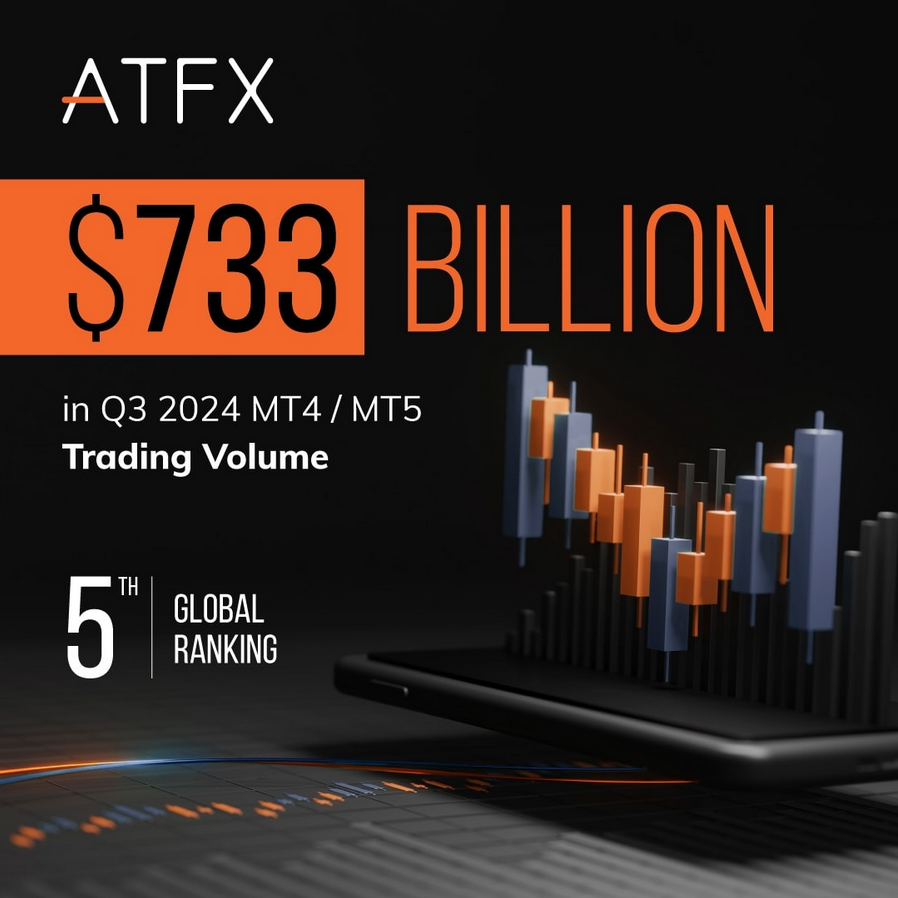The EUR, GBP, JPY, NZD, and gold have recently shown mixed performance in response to economic data, geopolitical factors, and the upcoming U.S. election. The EUR and GBP face resistance due to limited upward momentum, while U.S. economic releases and the election may influence further fluctuations. JPY remains cautious as BoJ policy awaits key decisions, and USD strength is variable. NZD’s recent gains are tempered by weak economic data from the RBNZ, hinting at potential rate cuts, while gold finds support as a safe haven amid political uncertainty. Overall, currencies and gold are expected to exhibit restrained movement until post-election clarity.
The euro remains steady as eurozone inflation hits target levels, while the ECB is expected to maintain its cautious rate-cutting stance despite robust employment data. The pound hovers amid uncertainty in UK fiscal policy, with the BoE eyeing a careful balance between inflation control and monetary easing. The yen strengthens after BoJ comments suggest a potential rate hike, though market volatility is high due to political shifts. The Aussie dollar slides with weak retail data as the RBA likely holds rates steady, contending with persistent inflation concerns. Gold prices falter below key resistance as technical indicators suggest possible bearish momentum.
Read the rest of this entry »
This week, the US markets are set for an intense period, driven by the convergence of two major events: the US election and a Federal Reserve meeting. These events are expected to shape market sentiment, potentially inducing high volatility with lasting effects on prices well beyond Friday. Investors and analysts alike are braced for a turbulent week, with sharp movements anticipated as major decisions unfold. Here’s a detailed breakdown of key events by day:
Read the rest of this entry »
The euro climbed on German GDP data beating expectations, indicating mild growth and delaying a technical recession, though eurozone inflation pressures are nudging the ECB toward a rate cut in December. The British pound remained constrained as markets await the UK budget, with downward movement influenced by U.S. economic indicators. The yen held steady with the Bank of Japan expected to leave rates unchanged amid political uncertainty, while hints of future intervention could surface if currency pressures persist. The Australian dollar rose on lower inflation, easing rate cut pressures. Gold reached new highs amid risk-averse sentiment, supported by softer U.S. job data.
Read the rest of this entry »
EUR, GBP, and JPY are moving in a cautious trading environment, reacting mainly to technical indicators and U.S. economic data. EUR/USD faces bearish pressure as traders eye consumer confidence and economic indicators, though limited upward moves occur if data underperforms. Similarly, GBP/USD is consolidating in a narrow range, with buyers attempting gains at support levels, while resistance encounters increase the potential for downward moves. USD/JPY sustains an uptrend, fluctuating within tight boundaries amid Japan’s political uncertainties, influenced by U.S. data surprises. Gold maintains strong safe-haven demand, with price highs sustained by global instability and ETF inflows, keeping investors bullish.
Read the rest of this entry »
The euro has shown minor gains against the dollar, with German economic sentiment expected to improve slightly despite inflation and employment concerns. The British pound remains volatile as traders await the upcoming UK budget, although a stable range holds below key resistance levels. The yen hit a three-month low, weighed down by political instability following Japan’s snap election and anticipation of the Bank of Japan’s monetary stance. The Australian dollar is under pressure, with the Reserve Bank of Australia set to maintain its rate, deferring cuts amid persistent inflation. Gold remains bullish, testing resistance levels with further rises possible in a volatile environment.
Read the rest of this entry »
This week is poised to be a pivotal period for financial markets, with a slew of US economic data, crucial tech earnings reports, and ongoing developments leading up to the US election all set to play significant roles. Last week’s relative calm may have just been the precursor to what could be a decisive fortnight for both the US economy and global markets. Key employment figures are anticipated, with traders closely monitoring these after last month’s robust results shifted expectations for the Federal Reserve. Adding complexity, earnings updates from five of the ‘Magnificent 7’ tech giants, a competitive race for the White House, key economic data from other major regions, and an interest rate decision from the Bank of Japan make for a busy and impactful week.
Read the rest of this entry »
The EUR/USD pair shows mixed signals as US PMI data strengthens the dollar, although technical indicators hint at a potential Euro bounce if it surpasses key resistance. Meanwhile, GBP/USD found support from dollar weakness but remains vulnerable due to soft UK data and potential rate cuts by the Bank of England. Similarly, USD/JPY’s trend stays bullish as the yen weakens on election concerns and economic contraction, but a continued rally for the dollar could lead to further upward moves. In commodities, gold prices have rebounded off support levels, with traders eyeing a potential upside amidst ongoing global uncertainties.
Read the rest of this entry »
In recent trading, the euro remains pressured as the European Central Bank maintains a cautious stance, while the British pound also struggles amid economic uncertainty. The Japanese yen continues to face challenges due to dovish signals from the Bank of Japan. The Canadian dollar weakens with expectations of further rate cuts by the Bank of Canada. Oil prices rise due to Chinese rate cuts and Middle East tensions, while gold remains supported by safe-haven demand despite overbought conditions and fluctuating US Treasury yields.
Read the rest of this entry »
The EUR remains under pressure, with inflation concerns and uncertain ECB policies weighing on the currency. The GBP shows some resilience despite economic challenges, supported by market speculation of further Bank of England actions. JPY volatility is driven by policy uncertainty and potential intervention from Japan’s central bank. AUD struggles amid mixed RBA signals, balancing inflation and employment data. CHF is showing signs of potential weakness, while Gold benefits from geopolitical risks and safe-haven demand, maintaining a bullish trend.








